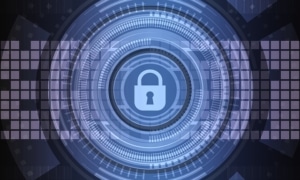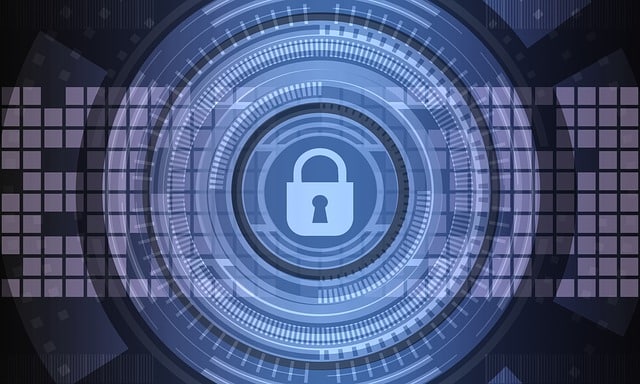
The principle is similar for all copy protection variants. Additional non-standard data bring the CD-Drives in computers messed up. HiFi-CD players, on the other hand, are built to only read the music data on a CD. Additional information is ignored by the electronics. Today, however, computer CD drives are sometimes built into car radios and CD players. This causes problems with normal playback.
Below is a list of current copy protection mechanisms:
Key 2 audio:
Used on Sony and Zomba Records CDs. In addition to the area with music information, there are two other areas with data that prevent playback on the PC. In addition, the music data contains incorrect information about the duration and position of the pieces of music.
The first Key 2 audio versions meant that the CDs were not recognized by many hi-fi CD players. Newer Key 2 Audio CDs play flawlessly on most HiFi CD players. PC drives do away with this Copy protection continue to be difficult.
Cactus Data Shield (CDS 100):
In its original form (CDS 100), this copy protection meant that even some hi-fi CD players could not play the CD correctly. It is therefore no longer used on new music CDs.
The method works with built-in defective music data on the CD. The error correctionsystems of hi-fi CD players should be able to compensate for these defects. The error correction is actually there to be able to play scratched CDs without errors. If the error correction is already exhausted by copy protection, even small additional scratches can lead to playback problems.
CDS 200:
CDs protected with the new CDS 200 variant contain the music twice – in CD quality for hi-fi CD players and in a space-saving form for the computer with significantly poorer playback quality. The music can also be played on the PC, albeit with reduced quality. For this purpose, there is a playback program on the CD that starts automatically when it is placed in the PC drive. This copy protection is used on CDs from BMG, Universal, EMI and Warner.
Copy X:
With Copy-X, too, the CD is intentionally provided with errors and an additional data area. You can recognize copy protection by a dark ring on the underside of the CD. Copy-X is used by Edel Records.
Doc.Loc:
Because the faulty data area in Doc.Loc is right at the beginning of the CD, CD drives have a particularly difficult time with it. You can recognize CDs protected with Doc.Loc by the inscription Docdata on the inner ring of the CD.
Mediacloq, MBO, Safe Audio:
These procedures are not used on music CDs distributed in Germany. But there are also new developments in this country. The current version of Right Said Fred's CD Fredhead is protected with a new version of Cactus Data Shield 200, which throws PC drives out of step much more than the previous version.
Reasons for copy protection:
-
It largely prevents the illegal copying of music CDs
Reasons against copy protection:
-
-
CDs with copy protection do not work on every player. With many car radios, DVDplayers and even hi-fi systems can experience problems, so that a copy-protected CD cannot be played
-
-
-
Copy-protected CDs sometimes cannot be played on computers at all. Instead, some types of copy protection only open their own software player, which is a compressed version of the CD, often in very poor quality
-
-
-
Since some copy protection techniques work with incorrect error correction values, playback errors can occur more quickly on slightly scratched CDs. It is also possible that the sound quality will be reduced
-
-
-
Despite the copy protection, with a little time and the right hardware, the CDs can be duplicated as often as you like, including digitally. This means that copy protection cannot prevent the spread on various file-sharing platforms
-
-
-
Converting a copy-protected CD into another music format or making a private copy is not only made more difficult by the copy protection, but is even forbidden as a result
-
-
-
Copy-protected CDs do not conform to the Compact Disc Digital Audio (CD-DA) standard, which has been accepted and used worldwide for over 20 years. They are therefore not audio CDs and may not be labeled as such
-
-
A purchased original is therefore "worse" than an illegally created copy that is fully functional on all playback devices and computers.
And finally ...
Some copy protection methods mostly only hinder the honest buyers of CDs (or also game software for the PC). But it doesn't matter which new protection mechanism the manufacturers try out on the buyers, the piracy industry reacts to it in the shortest possible time and cracks the whole thing again. This makes it very clear that there is no such thing as 100% copy protection and that there probably never will be. It doesn't matter whether it's the audio protection methods or the software protection methods such as StarForce, Safedisc or Protect CD, they were all cracked after a short time.

